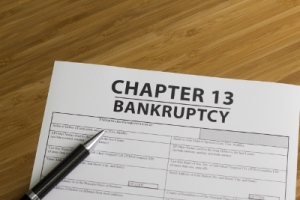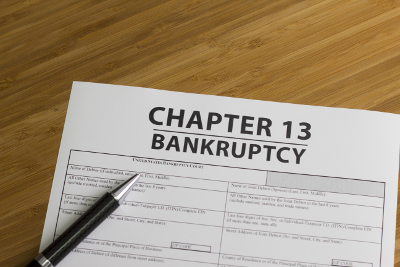How will Your Arizona Chapter 13 Payment Plan be Calculated?
One of the most important questions pertaining to a Chapter 13 bankruptcy is the manner in which Arizona Chapter 13 payment plan will be calculated. This question helps many Arizona residents decide whether a Chapter 13 bankruptcy is the right option for them. People who file Chapter 13 bankruptcy will be expected to make a monthly payment towards covering their debt. The amount will be determined by examining a couple of important factors pertaining to personal finances, the debt and administrative fees or interest charges.
Primary Factors that will be Examined
The Chapter 13 payment plan is based on a number of financial considerations, the most important ones being:
- Disposable income: over the next three to five years, you will be required to use your disposable income to make payments to creditors. Disposable income is calculated when your living expenses are taken out of your salary. This remaining amount, regardless of its size, will have to be turned over to creditors.
- Priority debt: some kinds of debt have a much higher priority than others. These are the first ones to be examined when Chapter 13 payment calculations are being made. Back taxes and child support, for example, are both classified as priority debt. Such debt has to be paid in full during a Chapter 13 bankruptcy.
- Late payments: the amount of debt you’ve accumulated and the number of late payments will also be taken in consideration. Being behind on your mortgage payments, for example, could potentially lead to foreclosure. A Chapter 13 bankruptcy eliminates this possibility. The most basic payment calculation would be the amount that you owe divided by the number of months during which the plan will be valid (a Chapter 13 bankruptcy can last anywhere between three and five years).
- Administrative fees: your Chapter 13 trustee will receive a commission that’s a percentage of your monthly payments. This commission can be up to 10 percent of the amount. Interest on secured claims and interest fees will also have to be taken in consideration.
- Non-exempt assets: you have non-exempt assets and property on top of your disposable income that can be used to make the payment plan calculation. The non-exempt assets have to be accounted for in the payment plan. If you have unsecured debt, the amount you will have to pay back should be at least the value of your non-exempt assets.
The Length of the Repayment Plan
The length of the repayment plan is also important because it will determine the total amount you will have to give back to your creditors.
A Arizona Chapter 13 payment plan lasts between three and five years (36 to 60 months). Regardless, of the circumstances, the plan cannot exceed the five-year period. Your average income will be determining for the duration of the bankruptcy repayment schedule.
If your income falls below the median for Arizona (the means test), you can choose between a three and a five-year payment plan. A five-year payment plan will reduce the monthly installments but it will also increase the overall amount you will have to give back.
People whose income is above the state’s median will have to stick to a 60-month payment plan. A court can allow a debtor to stick to a shorter schedule if the disposable income isn’t sufficient to cover debt.
Other Considerations
 The factors and considerations already mentioned are used to determine a minimum Chapter 13 bankruptcy payment plan.
The factors and considerations already mentioned are used to determine a minimum Chapter 13 bankruptcy payment plan.
If you have sufficient disposable income and lots of non-exempt assets, you will be expected to pay off priority debt, secured loans and some of your low priority unsecured debt. Depending on the situation, you may have to contribute something towards credit card debt or medical bills, for example.
These calculations depend entirely on your available disposable income and you’ll get information about the expected payments from your trustee.
There are many Arizona Chapter 13 payment plan calculators online but most of these can’t provide reliable numbers. For a good estimate, you will need to speak to an experienced bankruptcy lawyer before getting started with the filing process.





